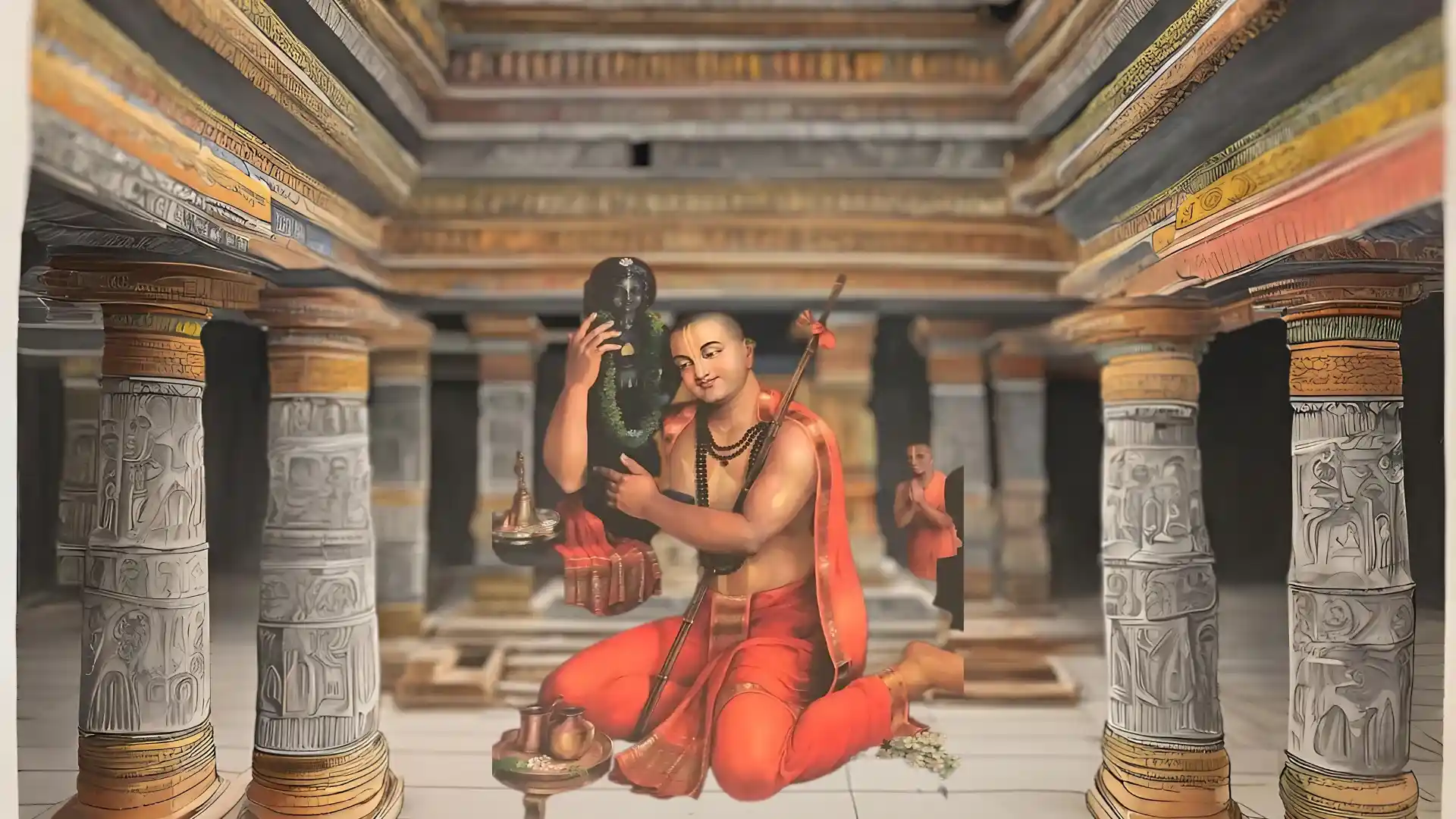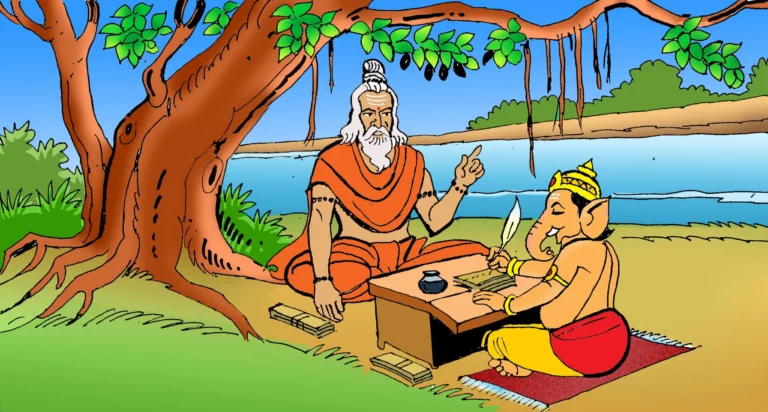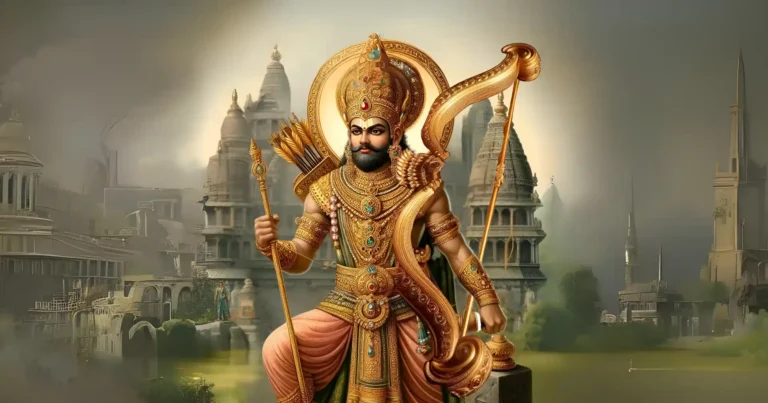Please Like the Blog and Share it for Maximum Reach
Table of Contents
Who was Sri Madhwacharya?
Sriman Madhvacharya (1238-1317) was the founder of the Dwaita philosophy system. He appeared on the Indian philosophical scene after philosophies of Sri Ramanujacharya and Sri Adi Shankara were well-established. Although Sri Ramanuja had philosophical differences with the ideological philosophy of Sri Adi Shankara, Sri Madhva also found blaring gaps in the philosophy of Ramanuja.
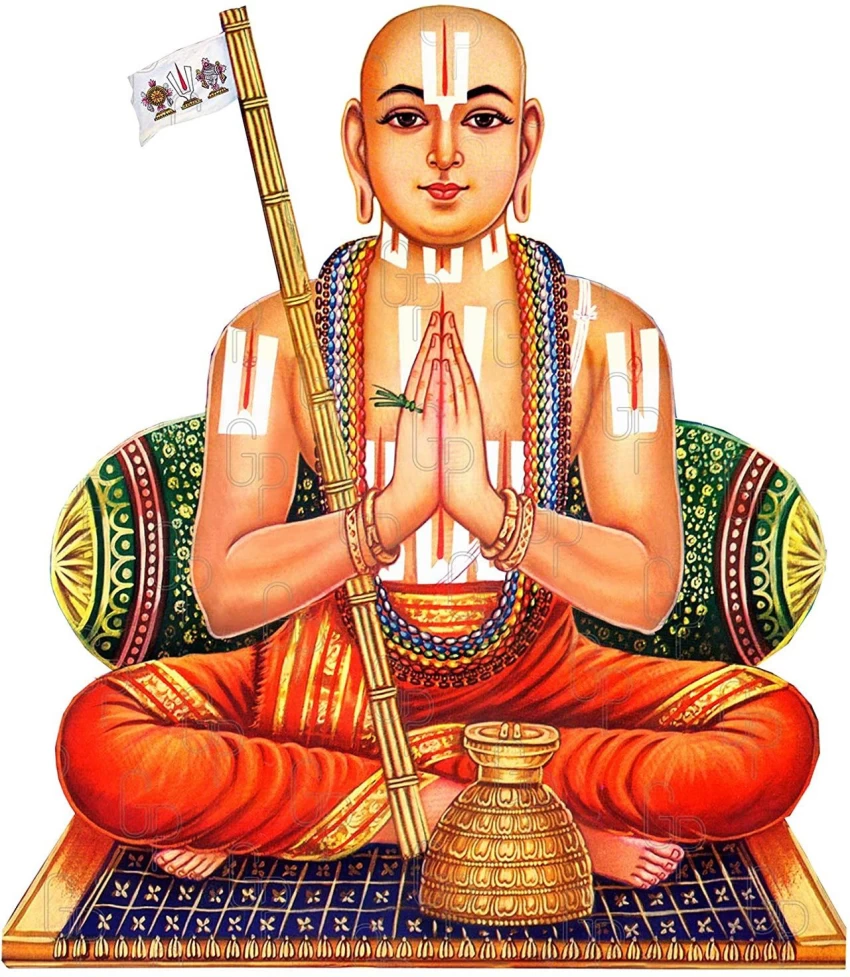
He criticized severely the philosophy of Sri Ramanuja as much as he put down the Non-dual philosophy of Sri Adi Shankara. Sri Madhwacharya propounded the theory of Tattvavada that was distinct from the philosophies of Kevala Advaita and VishishtaAdvaita which were propounded by Sri Shankara and Sri Ramanuja respectively.
Who was the Sanyas guru of Sri Madhwacharya ?
While still in his teens, Sri Madhwacharya was led by the call of the spirit to Achyutapreksha, a monk of the Ekadandi order. He received initiation from him as a Sannyasin. Following his initiation into the Sannyasin order, Madhva studied the classics of the Advaita school of thought like Ishtasiddhi. Later he began his observations on the Prasthanatrayi, independently from a fresh standpoint laying bare the defects of the interpretations of Sri Shankara and his school.
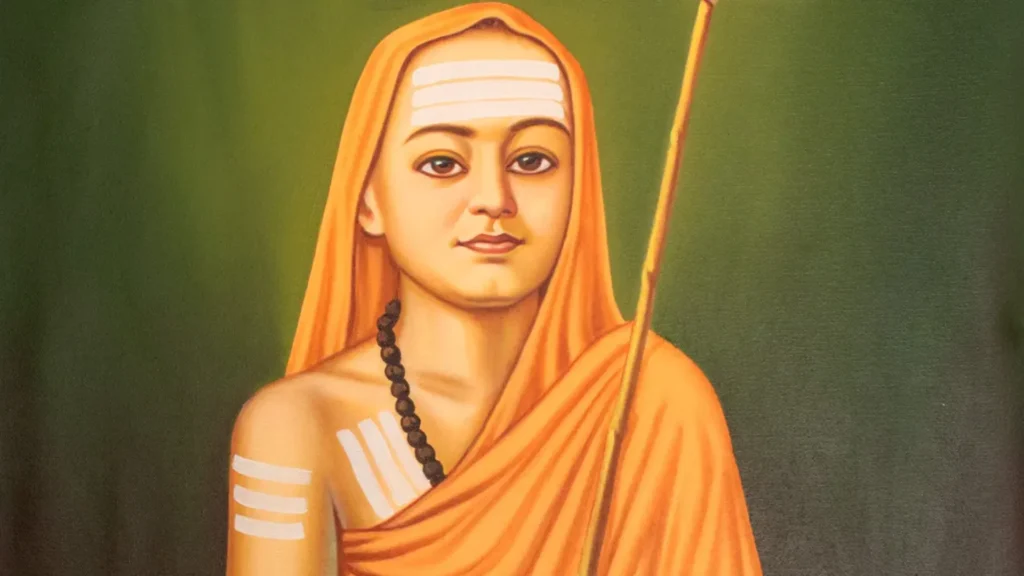
He often entered into debates with well-established scholars of those times. One finds mention about these interesting debates in his biography of scholars such as Buddhisagara, Vadisimha and Bhanu Pandita. Sri Madhwacharya toured India several times. He visited places like Badrikashrama, Bihar, Benares and centers of Vedic learning on the banks of Godavari, Goa, Srirangam and Kanyakumari in the far south.
Dvaita and Advaita: Approaching with Maturity
What is the prominent difference between the two philosophies of Dvaita and Advaita?
Dvaita talks about two entities, Bhagawan (Also Brahman from theis point of view) and Jiva, whereas Advaita fundamentally says that there is a single Tattva, which is Brahman, irrespective of whether you call it Jiva (Individual Living entity, Anu) or Bhagawan (Supreme Being, Vibhu)
Where is the major difference between Dvaita and Advaita philosophies?
The major difference is where Dvaita argues that Bhagawan and Jiva can never be One. Jiva is eternally a Jiva and cannot be Bhagawan and Bhagawan will remain the eternal Master of the Jiva. In Advaita, when the Jiva realizes the Self, he realizes that He is Brahman alone unifferentiated from the so-called Supreme Self. This view goes against the very fundamentals on which the Dvaita philosophy bases its arguments.
What is the concept of Realization in Dvaita?
Dvaita exhorts that there are two essential stages towards the path of Moksha or permanent redemption. They are Self-Realization, which means to realize one’s position of the servitor of Para Brahman, aptly called Bhagawan, or the Brahman with form. The individual Jiva realizes his permanent position in the mode of Dasya, Sakhya, Vatsalya and Madhurya. The next stage is the attainment of Seva or the mode of Service to Bhagawan in one of the moods described above. The attainment of Seva in one’s heart is the stage of God-realization.
What is the concept of Realization in Advaita?
The Concept of Realization in Advaita just involves Self-Realization. There is no concept of God-Realization. When person realizes within his heart that all that he sees is Brahman alone and that the concept of “I”, “Mine”, “Body”, “Mind” etc are just labels that represent the multiplicity of the single entity called Brahman, that is Self-Realization. When there is nothing more to realize other than to realize that whatever one is seeing in the so-called waking state, is nothing more than a dream, similar to that when the dreamer sees when he is dreaming during sleep, is called Self-Realization. All waking and sleeping dreams drop as soon as when the body falls and the projected world rests or is withdrawn into that single source called Atman or Brahman.
Significant works of Sri Madhwacharya
Madhva has left 37 works of prime importance during the course of his lifetime. They include the Dasha Prakaranas that expounds on logic and metaphysics. He has works on the Ten Upanishads with detailed commentaries. He has written commentaries on the Gita and the Brahmasutras.
Detailed notes on the first three Adhyayas or chapters of the Rigveda, along with an epitome on the Mahabharata and brief notes on the Srimad Bhagavata Mahapurana, form the most important compilation of his works. One of his greatest contributions has been a critical exposition of the philosophy of the Brahma Sutras. This is regarded as his masterpiece by all scholastic circles. There is a detailed commentary on this work of Sri Madhwacharya by Jayatirtha known as the Nyaya Sudha.
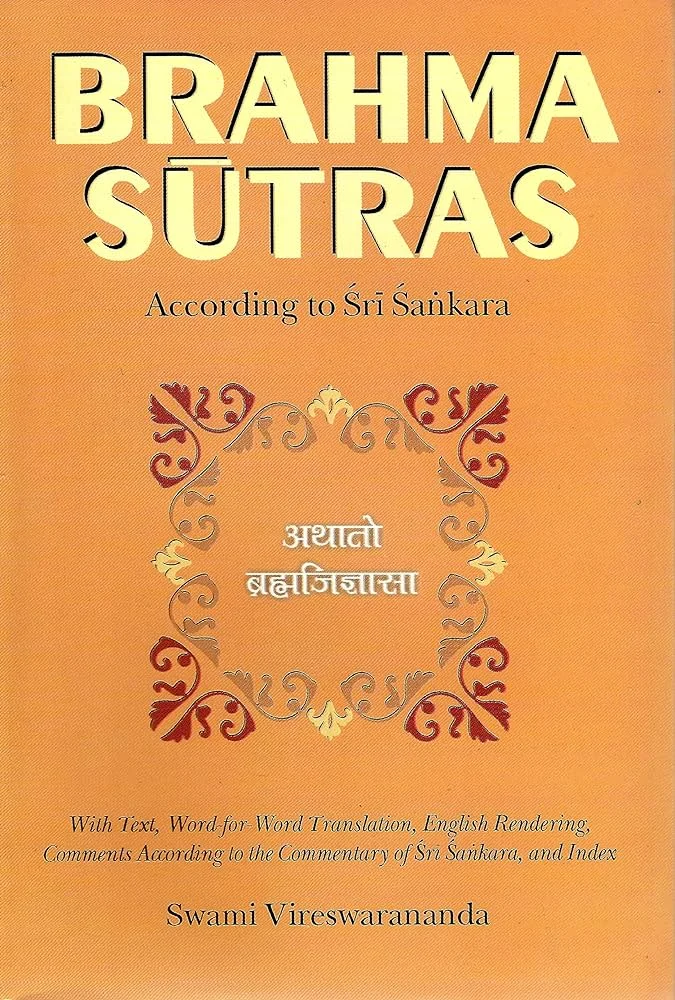
Sri Madhwacharya ’s writings are well-known for its concise nature and the accuracy of expression. As a creative thinker he cared less for conventions and fashionable belief systems. He was not cowed down by mere technical display of learning. His logic was as spotless as much as his faith in Theism was unshakable. He made a deep impression on his contemporaries.
Some successors of Madhvacharya
Some of his eminent disciples like Trivikrama Pandita, Padmanabha Tirtha and Narahari Tlrtha were distinguished scholars of Advaita and other systems before they converted to his views. They belonged to different parts of India and spoke different languages.
Test your Alignment with the Spiritual Subject Matter (only 7-8 Questions)
The scores generated in this Quiz are relative. There are no right or wrong answers. A percentage towards 100 indicates that you are more aligned to the overall subject matter.
Madhvacharya establishes temple at Udupi
After establishing his system on firm foundations, Sri Madhwacharya erected a temple for Sri Krishna at Udupi. He installed in it the idol of Bala Krishna secured from Dvaraka. He made Udupi the spiritual center of his school and entrusted the worship at the temple to eight ascetic disciples. Their lines and those of the other disciples, entrusted with the task of propagating his system, are flourishing to this day.
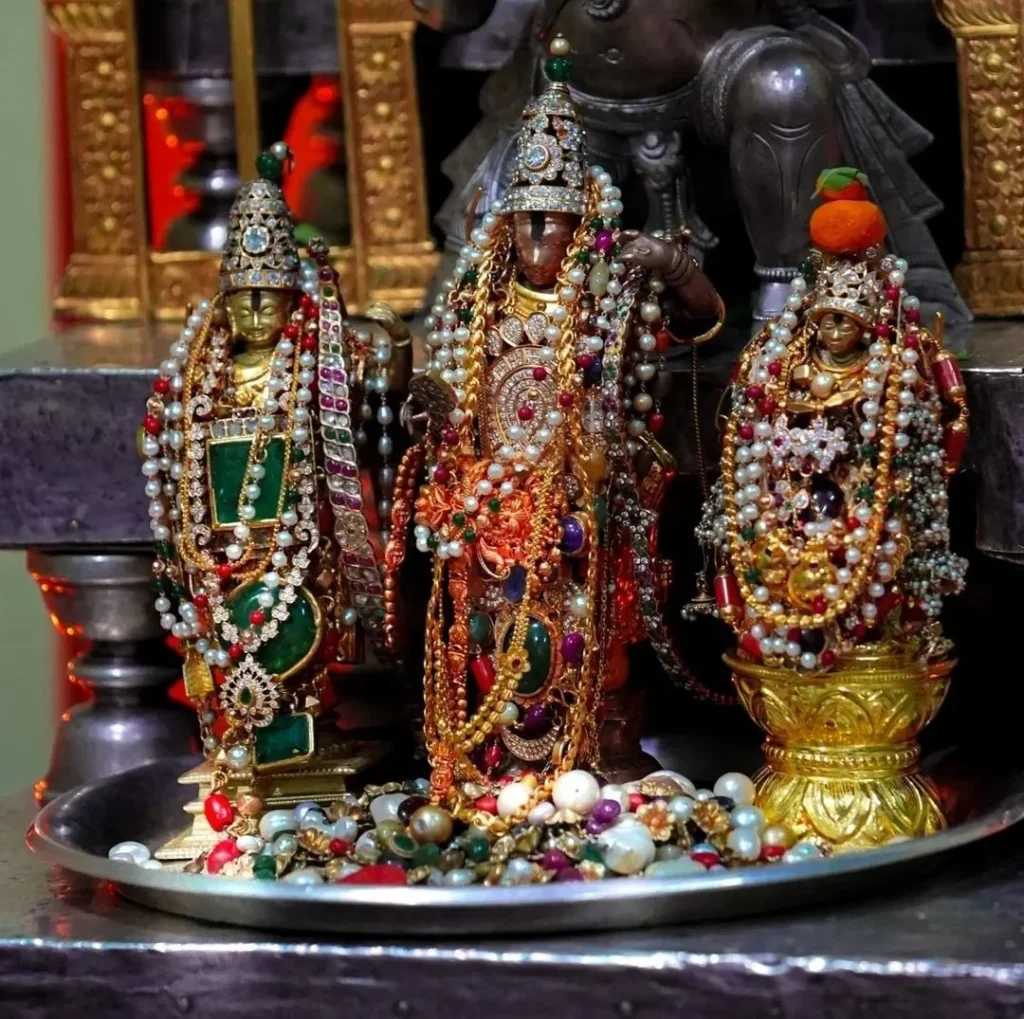
According to tradition, Sri Madhwacharya disappeared from vision and retired to Badrikashrama, in his seventy-ninth year. Narayana Pandita, the son of his direct disciple Trivikrama Pandita, wrote his biography in a Sanskrit Kavya of 16 Sargas. This masterpiece is known as Madhva-Vijaya. It is the main source of Madhva’s life and activities.
Madhva went directly to the fountain heads of the most ancient thought. It was most profound and free from cheating and play of words. They were source-books of Hindu philosophy and he drew his inspiration from them. He followed the streams of thought and interpretation emerging directly from them.
References of Sri Madhwacharya ‘s Teachings
They were in turn strongly rooted in Epics, Puranas and Pancaratras and other interpretative literature of more ancient standing. His interpretations were however unlike the modern day commentaries, devoid of any distortion. But, yet they remain eminent and relevant.

There was a strong note of mystic fervor in his thought and writings. His arguments were of the greatest authority which he collected for himself from fading sources of ancient scriptures. It was Jayatirtha who successfully brought out the inherent logical strength behind his authorities.
Central teachings of Sri Madhwacharya
There were certain great ideas behind Sri Madhwacharya ‘s writings, — ideas of tremendous philosophical power, significance and potentialities —such as the conception of Saakshi or the eternal witness, the doctrine of Svatantratattva, “Visheshas” in relation to the concept of identity and difference. With these fruitful ideas, he derived partly from his study of his sources and partly from his own deeper understanding and insight.
Madhva built up an independent system of Theistic philosophy and worked out its details. He put it on a firm and enduring basis of textual sanctions and logical satisfaction. He urged the necessity of adopting a fresh attitude of mind. Encouraging a new set of fundamental concepts and categories in place of the old and worn out ideas were his prime hallmarks.
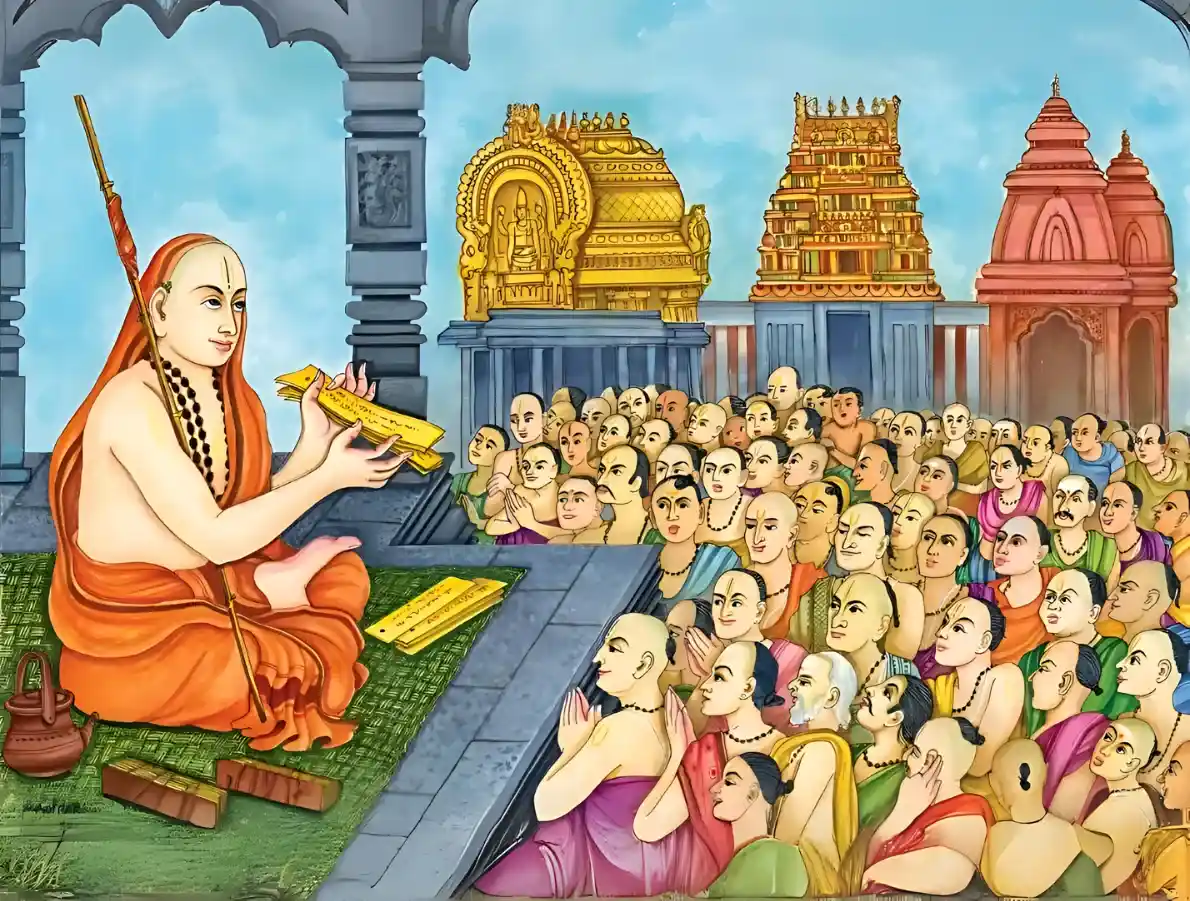
Once the metaphysical necessity of discarding the outmoded ideas and going in for more effective theories and newer modes of approach was established. The whole course of philosophical inquiry was bound to take a new turn and enter upon a new terrain.
Providence blessed Madhva with two great assets: an interpreter of such outstanding eminence as Jayatirtha and a dialectic expositor of the caliber of Vyasaraya who was none other than Narayana Pandit, son of Trivikrama Pandit. Latter was harnessed to the cause of expounding his system to posterity.
Please Like the Blog and Share it for Maximum Reach

